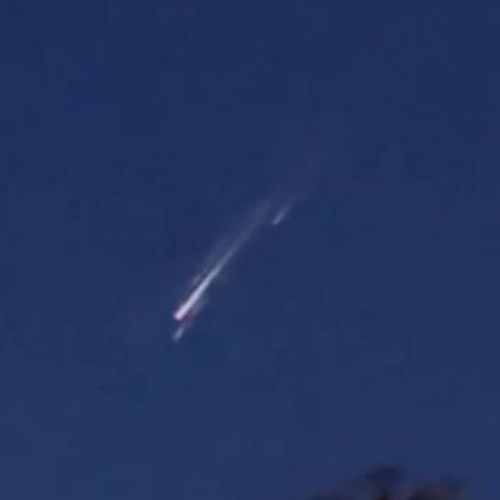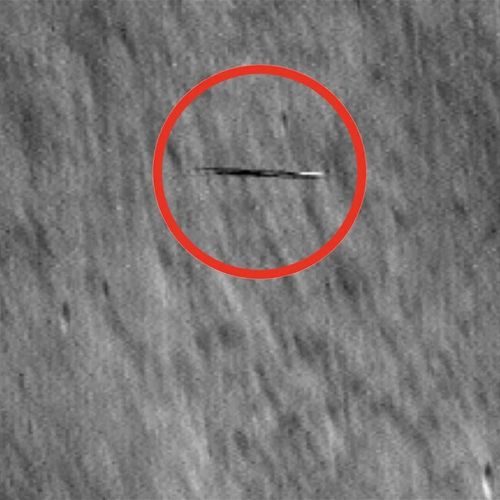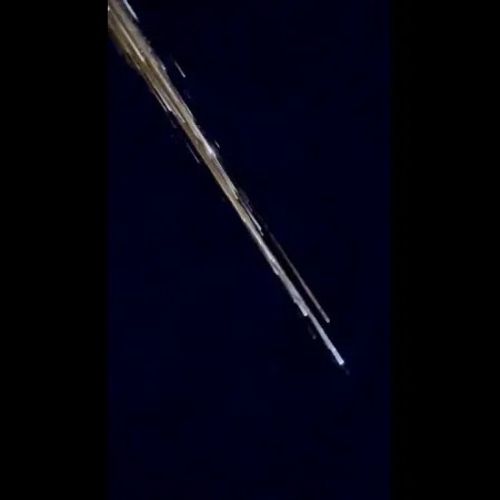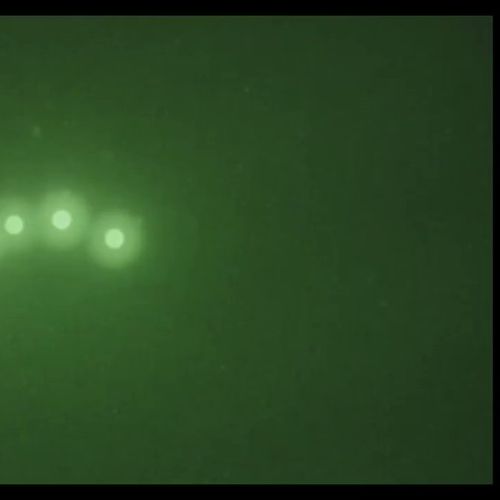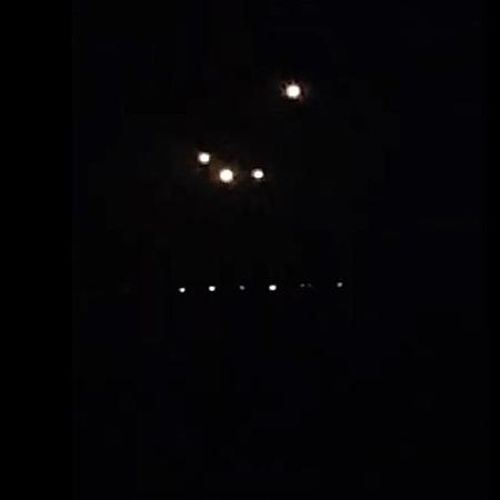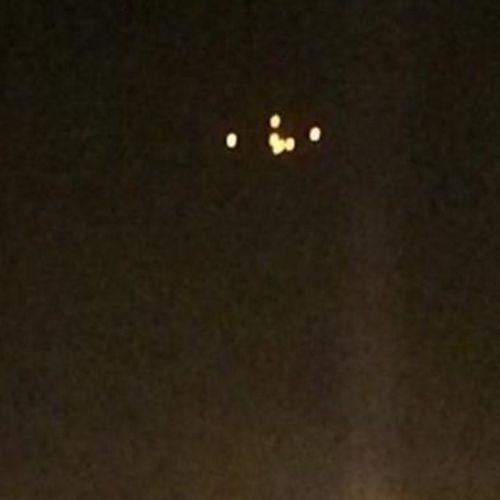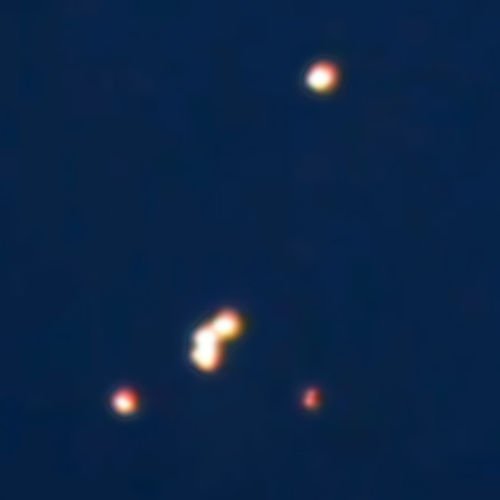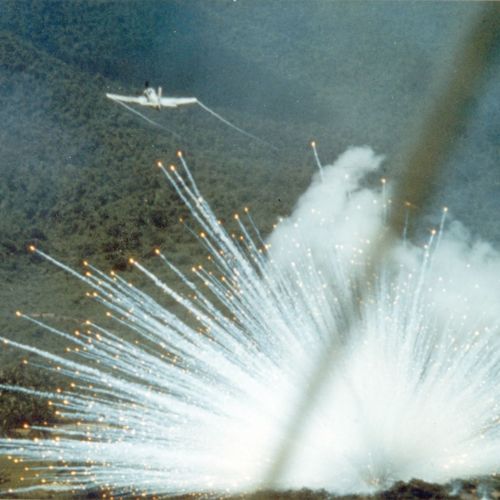
| Added | Thu, 23/09/2021 |
| Источники | The New London Day
|
| Дата публикации | Tue, 07/11/1944
|
| Феномены | |
| Версии |
Obviously, our night pilots over Germany can well afford to use this term when they encounter the latest German "secret weapon" (if so), which they call fireballs or "foo-fighter".
An American plane flies over Germany at night, and suddenly a large red fireball appears next to one wing. It maintains its position outside the wing regardless of speed, never approaching or disappearing, apparently, until many miles have been traveled. Or the "foo-fighter" fireball can appear in the form of a vertical row of three lights in front of the aircraft. No matter how fast the plane flies, it never catches up with these strange lights. In the end, they disappear as suddenly as they arrived. The third phenomenon is described as a group of about 15 lights at some distance from the plane, which flash and go out "like a Christmas tree". They are also not far behind the racing plane.
There are all sorts of assumptions about what these devices are and what they should do. Firstly, it is assumed that the effect will be largely psychological, which, frankly, sounds rather far-fetched, since it has yet to be proved that any of these things can harm the aircraft. A more likely explanation was suggested by an AP radio and science expert; he suggested that perhaps these devices are intended to interfere with radio transmission from an airplane or to help the Germans use some kind of detection device, such as radar. Another possibility, it may seem that these devices, whatever they are, they are designed to determine the location of anti-aircraft batteries. If a certain type of fighter ball is attached to the flight path of the aircraft at night, anti-aircraft batteries can determine the course of the aircraft much more accurately, taking into account the distance between the satellites. and a plane than would be possible due to the use of searchlights.
At the moment, there seems to be no explanation of how these things work, and what exactly. However, the most reasonable theory is that they may contain some kind of gas activated by the presence of metal in the plane, and that magnetic attraction keeps them at a predetermined distance from the plane, but never - the plane overtook them. until the force in the device is used up. One pilot says that he tried to catch up with him at 260 mph and even 360 mph, but still could not catch up.
Have the Germans launched a new "V" gun on the western front and are bombing their rear areas day and night? The dispatch does not provide details about the weapons.
The Germans used their V-1 and V-2 weapons - a robot bomb and a telegraph pole rocket bomb-against troops and territories behind the front line.
The headquarters of the Supreme Council in Paris last week reported that the pilots reported clusters of "silver balls" over Germany, but did not provide any other information. It was assumed that the silver balls could be a new anti-aircraft defense or designed to interfere with allied radio communications.
The Germans use jet and jet planes and various other "newfangled" devices against the night fighters of the Allies. This was stated today by Colonel B. Johnson, Natchitoche, Louisiana, commander of the P-61 "Black Widow" group.
"We've counted 15 to 10 jets in the last few nights," Johnson said. "Sometimes they fly in groups of four, but more often they fly alone."
Johnson described a new type of anti-aircraft fire, which, according to him, could be a phosphorus bomb.
"It exploded into a large fireball at an altitude of 10,000 feet, and I saw drops of fire falling from it, "he said." The same fireball exploded several times, each time at a lower altitude. Each explosion was followed by a dripping process, " he added.
The Germans also have a cunning weapon that just for the" psychological " effect throws a mock-up of an airplane in the path of daytime bombers.
"It looks like the tail or other part of the plane is on fire, but not damaging," Johnson said. "They just want you to get excited about it."
A-1E attack aircraft drops a phosphorus bomb during the Vietnam War (1966)
Новости со схожими феноменами
Новости со схожими версиями
Log in or register to post comments


